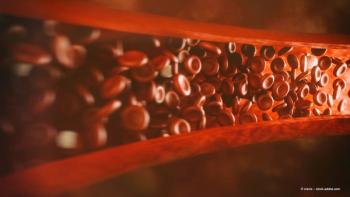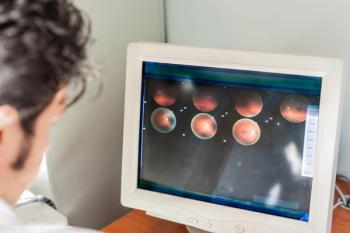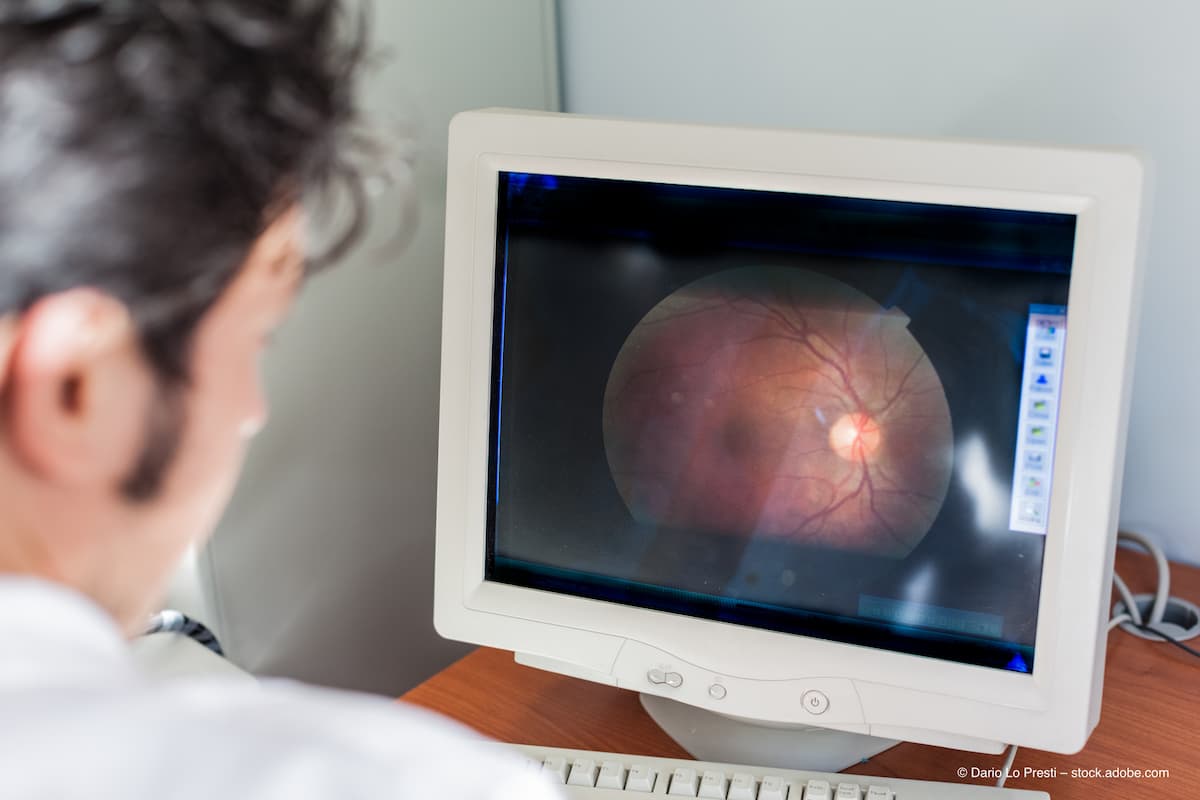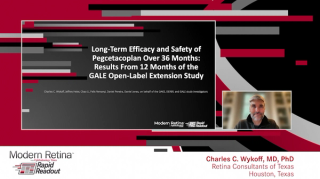
Geographic Atrophy
Latest News
Latest Videos

CME Content
More News

Recent research highlights inferred sensitivity mapping as a promising method to assess retinal function in geographic atrophy, enhancing clinical trial outcomes.

A study reveals that ophthalmic artery angioplasty improves vision and functionality in patients with late-stage age-related macular degeneration.

An understanding of GA growth kinetics is key to addressing the pathophysiology of age-related macular degeneration.


Fovea-sparing, multifocal, and bilateral lesions exhibited the fastest growth rates.

Kriya is developing gene therapies targeting chronic diseases such as geographic atrophy, trigeminal neuralgia, and type 1 diabetes.

A look at podium presentations on GA research at ASRS 2025.

Catch up on recent advancements in retina care, including new therapies for age-related macular degeneration and macular telangiectasia, enhancing patient outcomes.





Vonaprument has received fast track designation from the US Food and Drug Administration.

Sanofi's SAR446597 receives FDA fast track designation, offering a promising one-time gene therapy for geographic atrophy and reducing treatment frequency.

Innovative assistive devices empower patients with central vision loss to regain independence and enhance daily activities, transforming their quality of life.

The trial treated 9 patients in 3 sequential, ascending dose-level (DL) cohorts.

Two FDA-approved geographic atrophy treatments show significant patient dropout, with 45% discontinuation by 18 months, driven by baseline vision, CNV, and lack of immediate visual improvement.

New analysis reveals the ellipsoidal zone's role in predicting geographic atrophy progression, enabling timely interventions to protect photoreceptors.

Join global experts at the 2025 International SPECTRALIS Symposium in Heidelberg, exploring innovations in ophthalmology and space-related ocular health.

New research links diffuse-trickling patterns in fundus autofluorescence to increased ellipsoidal zone loss, highlighting potential biomarkers for rapid geographic atrophy progression.

The results of an investigation into iRORA identified a wide spectrum of fundus autofluorescence patterns that corresponded with iRORA lesions and that those patterns were associated with conversion to cRORA over time.

The designation is based off previously reported phase 3 data from the ongoing DRAGON trial.

Lineage Cell Therapeutics will be presenting data on the safety and tolerability of RG6501 (OpRegen) for the treatment of geographic atrophy, secondary to age-related macular degeneration during the upcoming Clinical Trials at the Summit 2025 meeting.

Kriya Therapeutics presented preclinical data on its gene therapy candidate for the treatment of geographic atrophy.

A recent analysis reveals a strong link between photoreceptor health and visual function in geographic atrophy, emphasizing the importance of EZ integrity.


























































